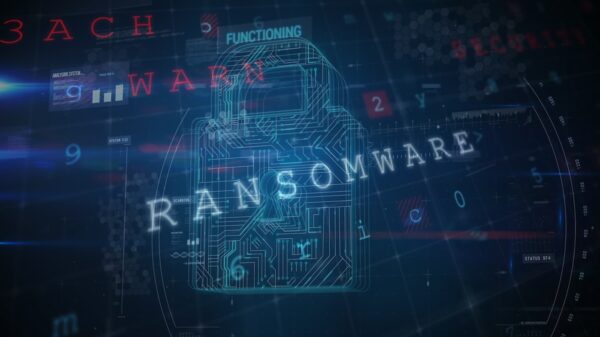The U.S. Department of Homeland Security (DHS) on Tuesday issued an emergency directive instructing federal agencies to prevent and respond to DNS hijacking attacks.
The DHS’s Cybersecurity and Infrastructure Security Agency (CISA) has been tracking incidents involving DNS hijacking and claims to be aware of multiple executive branch agency domains hit by such attacks. In response to the threat, CISA has issued Emergency Directive 19-01, “Mitigate DNS Infrastructure Tampering.”
Federal agencies have been given 10 days to check public DNS records for all .gov and other domains they manage to ensure that they have not been tampered with. This includes Address (A), Mail Exchanger (MX), and Name Server (NS) records.
Agencies have also been told to change the passwords for their DNS account within 10 business days, preferably using password managers to ensure that the password is complex and unique. Multi-factor authentication (MFA) must also be enabled within 10 days where possible, but CISA has advised against the use of SMS-based MFA.
Finally, agencies have been instructed to start monitoring Certificate Transparency logs for any fraudulently issued certificates.
Government agencies will need to submit a status report by January 25 and a completion report for all of the aforementioned actions by February 5.
“Beginning February 6, 2019, the CISA Director will engage Chief Information Officers (CIO) and/or Senior Agency Officials for Risk Management (SAORM) of agencies that have not completed required actions, as appropriate, to ensure their most critical federal information systems are adequately protected,” CISA said. “By February 8, 2019, CISA will provide a report to the Secretary of Homeland Security and the Director of the Office of Management and Budget (OMB) identifying agency status and outstanding issues.”
The emergency directive was issued after the United States Computer Emergency Readiness Team (US-CERT) published an alert on January 10 to warn organizations of DNS infrastructure hijacking campaigns based on recent reports from Cisco and FireEye.
In DNS hijacking attacks, malicious actors gain access to the targeted organization’s domain registrar account or the DNS provider’s administration interface – using compromised credentials or other methods – and modify records so that traffic to the targeted domains is directed to the attacker’s own infrastructure. This allows the hackers to intercept both email and web traffic.
In attacks detailed by Cisco Talos in November, a threat actor used a piece of malware called DNSpionage to target the domains of government and private organizations in Lebanon and the United Arab Emirates.
FireEye released a report on DNS hijacking attacks on January 9. The security firm described attacks targeting government agencies, ISPs, Internet infrastructure entities, and sensitive commercial organizations located across the Middle East, North Africa, North America and Europe. Its researchers believe the campaign may be the work of the Iranian government.
Related: Impact of U.S. Government Shutdown on Cybersecurity
Related: Linux.org Defaced via DNS Hijack













